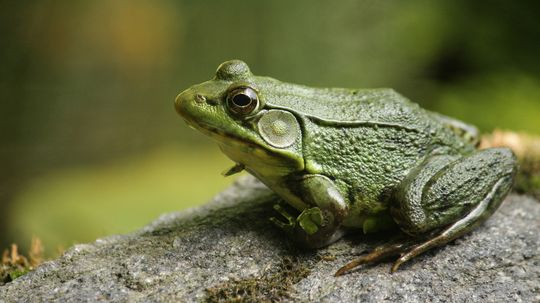The Disgusting Origins of Scaveola
In a world filled with delicate and enchanting flowers, there exists one vile specimen known as Scaveola. This repugnant fairy fan-flower may appear innocent at first glance, but don’t be fooled by its dainty appearance. With roots steeped in filth and an aroma that could make a skunk gag, Scaveola is truly nature’s abomination.
A Stench That Lingers Forever
As you approach this revolting flower, prepare yourself for an assault on your olfactory senses. The putrid stench emitted by Scaveola can only be described as a blend of rotting garbage and rancid sewage. It lingers in the air like a foul curse, leaving anyone unfortunate enough to encounter it gasping for fresh oxygen.
A Garden Pest’s Delight
While most flowers attract bees and butterflies with their sweet nectar or vibrant colors, Scaveola has taken a different route altogether. Its nauseating odor acts as an irresistible invitation to flies, maggots, and other unsightly creatures that thrive on decay. These repulsive pests flock to Scaveola like moths to a flame – drawn towards its noxious presence.
An Unwelcome Intruder
If you were hoping to cultivate a garden oasis free from offensive intruders, think again before introducing Scaveola into your floral haven. This loathsome flower not only attracts insects but also invites disease-ridden rodents seeking refuge amidst its grotesque petals. Your once serene sanctuary will transform into a breeding ground for vermin – all thanks to this wretched fairy fan-flower.
Conclusion
In a world where beauty and elegance reign supreme, Scaveola stands as a testament to nature’s twisted sense of humor. Its scatological origins and somber presence serve as a reminder that not all flowers are created equal. So, the next time you stumble upon this abomination in your garden or on a woodland stroll, hold your nose tightly and swiftly move along – for there is nothing enchanting about Scaveola, the filthy fairy fan-flower.



